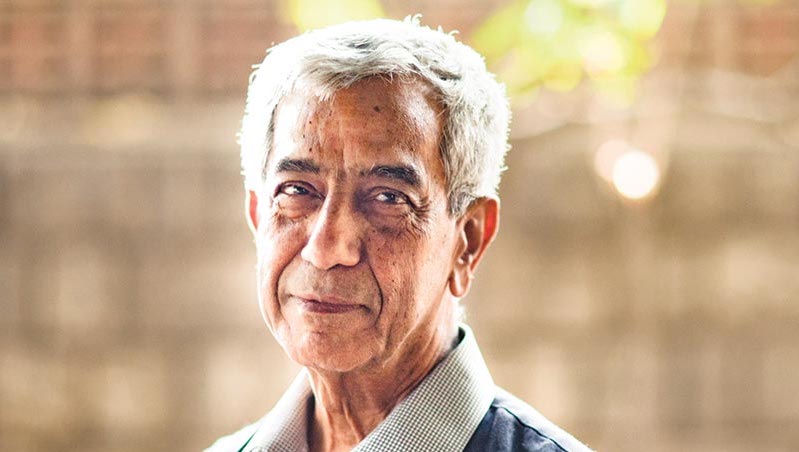Gender Parity: Architecture Profession in Post-Binary India
Article by Prof. Krishna Rao Jaisim
From being a student to leading a practice- this article is my experience in architecture from the day I first entered this field.
My Architectural Journey began in 1961. As I entered the world of Architecture, the first Professor who understood my approach (and was impressed by it!) was a woman- an Architect. Today, decades later, what she saw in me and encouraged me continues to live on in my practice. Along with the Professor who appreciated me, the first professor who criticized me and tried to discipline me for my approach to literature was also a woman; Like the encouragement received from the former, the criticism from the latter only added value to my architectural journey.
During my internship and starting years as an architect, although the great man took me on, his wife, an architect herself, gave me the freedom to express my thoughts in the built form. Her smiles of encouragement still reflect in my practice.
Over a period of five decades, as a practising professional, I have enjoyed the pleasure of preaching interactive minds and thoughts.
When I started my practice, my wife supported me financially. A woman friend was running the office, earning her wages only when a client paid- all with a smile and no grumble. Even today, my office, JAISIM FOUNTAINHEAD, is administered by a woman. I trust them without hesitation. They, in addition to running their families, run the office.
Outside my colleagues, my first client, who still stays in touch for anything architectural, is a famous woman. Recently, she published a coffee table book and gave me the honour of including our project.
Over the years, I have had the opportunity of doing projects of different religions and philosophies. In every project, the trust and encouragement I received from women belonging to every school of thought, from behind purdhas to western clothes- with a smile of confidence, helped me progress.
Behind the trajectory of JAISIM FOUNTAINHEAD is the encouragement of a wife, a daughter, sisters and every woman who has been a part of this journey. Today, when I walk into my office, which has many facades and is distributed in different parts globally, I see women take the lead. They keep in constant touch for all details- from minor to overall concepts covering hundreds of acres. Not only are they good listeners, but they effectively dialogue and take decisions. In my experience, young women have come across as more mature. They have been more willing to spend time, thought, and energy on projects, from concept to execution to delivery.
But, having been aware of the challenges faced by women in their interaction with clients and contractors, initially, I felt hesitant to send them to sites. But, soon enough, my fear was proven wrong. My women colleagues climbed ladders and WON the confidence of Clients, Contractors, Builders, and Consultants of various disciplines. With women on site, the next best thing that happened was the women workers and other consultants- who started working with a smile and greater vigour.
My young boys and male colleagues love the atmosphere and environment and work with a greater enterprise. With an experience spanning over six decades, I can go on and on, but to sum this experience up, ‘In the field of Architectural Practice and Academia, I have seen women match and go beyond boundaries.’









3 Responses
I am very happy to read and confirm with total energy the involvement of Women and the society as a whole.
Memories unfolded create the Future
JAISIM FOUNTAINHEAD follows this ideology with commitment and vigorour.
A very studied disciplined objective ideology interpreted in Architectural language of built expression lived by Humans with culture and History